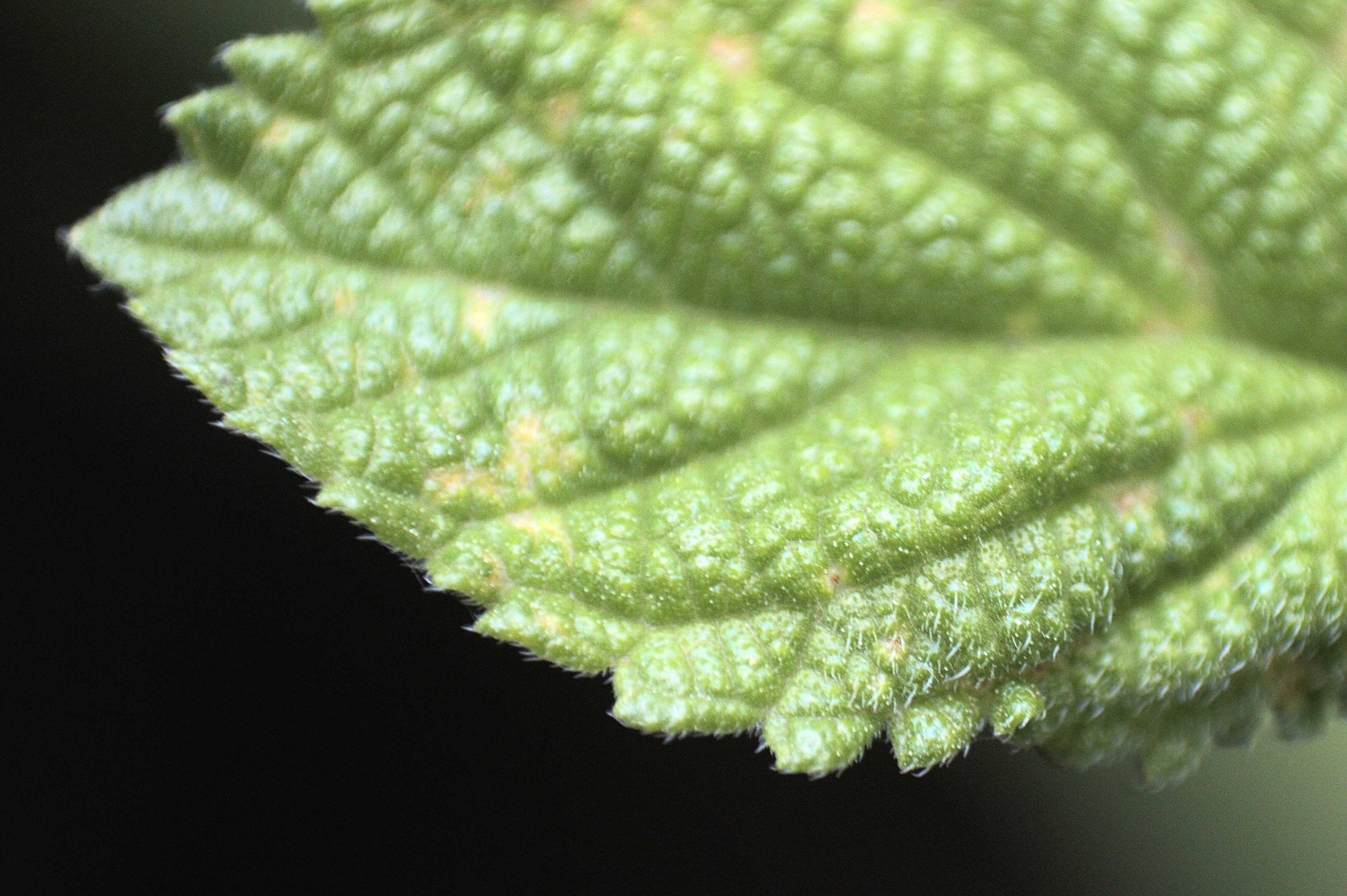|
Lippia Rehmannii
''Lippia'' is a genus of flowering plants in the verbena family, Verbenaceae. It was named after Augustus Lippi, (1678-1705), a French naturalist and botanist (with Italian origins). He was killed in Abyssinia. The genus contains roughly 200 species of tropical shrubs that are found around the world. Plants are fragrant due to their essential oils, which vary between species but may include estragole, carvacrol, linalool, or limonene. The leaves of certain species, such as '' L. graveolens'', can be used as a culinary herb similar to oregano. Selected species * '' Lippia abyssinica'' ( Otto & A.Dietr.) Cufod. – Koseret; (Ethiopia) * '' Lippia alba'' (Mill.) N.E.Br. ex Britton & P.Wilson – Bushy lippia, white lippia ( Texas in the United States, Mexico, the Caribbean, Central America, and South America) * '' Lippia carterae'' (Moldenke) G.L.Nesom – Licorice verbena ( Baja California, Mexico) * '' Lippia durangensis'' Moldenke * ''Lippia graveolens'' ... [...More Info...] [...Related Items...] OR: [Wikipedia] [Google] [Baidu] |
Lippia Alba
''Lippia alba'' is a species of flowering plant in the verbena family, Verbenaceae, that is native to southern Texas in the United States, Mexico, the Caribbean, Central America, and South America. In Ethiopia the plant is also known as Coseret and classified under herbal group. They use the plant leaf for preparing butter. The species is also present in Australia and India, where it is probably a human introduction. Common names include bushy matgrass, bushy lippia, hierba negra, juanilama, pamporegano, poleo and pitiona. It is a multi-branched shrub, reaching a height of . Leaves measure in length and in width and are opposite or in threes. Flowers with white, pink, or light blue-purple corollas form on spikes long. Uses Bushy lippia is widely cultivated as an ornamental for its aromatic foliage and beautiful flowers. The essential oil composition is unique to each plant, but may include piperitone, geranial, neral, caryophyllene, camphor Camphor () ... [...More Info...] [...Related Items...] OR: [Wikipedia] [Google] [Baidu] |
Herb
In general use, herbs are a widely distributed and widespread group of plants, excluding vegetables and other plants consumed for macronutrients, with savory or aromatic properties that are used for flavoring and garnishing food, for medicinal purposes, or for fragrances. Culinary use typically distinguishes herbs from spices. ''Herbs'' generally refers to the leafy green or flowering parts of a plant (either fresh or dried), while ''spices'' are usually dried and produced from other parts of the plant, including seeds, bark, roots and fruits. Herbs have a variety of uses including culinary, medicinal, aromatic and in some cases, spiritual. General usage of the term "herb" differs between culinary herbs and medicinal herbs; in medicinal or spiritual use, any parts of the plant might be considered as "herbs", including leaves, roots, flowers, seeds, root bark, inner bark (and cambium), resin and pericarp. The word "herb" is pronounced in Commonwealth English, but is common am ... [...More Info...] [...Related Items...] OR: [Wikipedia] [Google] [Baidu] |

